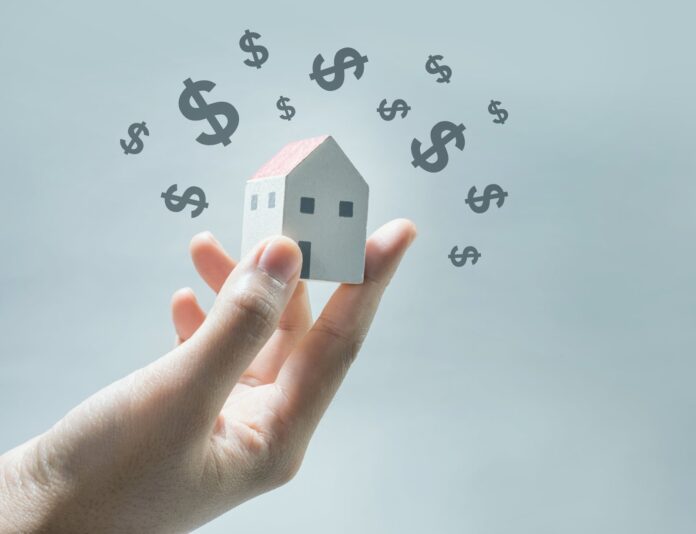It’s not a good idea to get Construction loans if you don’t know what you’re getting yourself into. You may use this article to learn the basics of getting a construction loan. More and more people are opting to build their own homes with the help of construction loans. When it comes to building your dream house, now is the greatest moment because the government’s First Home Owners Grant (FHOG) programme continues to give financial support. Before applying for a construction loan, be sure you fully comprehend the loan agreement terms. Click to view our house and land packages in Melbourne eastern suburbs.
A construction loan is precisely what it sounds like.
A Construction loans is a short-term, interim loan used to pay for the costs of building your new dream house in your neighbourhood. As the development of your new home develops, lenders/credit providers will arrange a mortgage on the property and make monthly payments to your builder.
Construction loans are financed in the same way as other types of loans.
When applying for a loan, each lender/credit provider has its own set of regulations and conditions. On the other hand, the majority of them resemble one another. Lenders and credit providers fund building loans in the following ways:
If you want to buy land and build a house, lenders/credit providers will supply you with the necessary loan.
If you have previously borrowed to buy the property on which you will build your new dream house, the lender/credit provider will make the first loan disbursement to pay off the vacant land before construction begins.
“Progress payment drawdown” funds are paid to the builder after each construction stage by lenders/credit providers.
It’s essential to understand how a construction loan works.
There are several major differences between a construction loan and a standard mortgage, even though the two are very much alike.
The following are some of the most important aspects of a construction loan:
ü With a limit of one year, it is often a short-term solution
ü During the construction time, the borrowers will be required to pay just interest.
ü Only the amount of the loan that has been drawn down is used to calculate interest.
ü You must begin building your new house within a year of receiving your loan settlement.
ü Your new house must be built and moved into within a year after receiving your first progress drawdown payment.
ü When can I expect to get my progress payments?
ü Before making progress payments to the builder and after each of the following construction stages, lenders/credit providers will prepare appraisals.
ü to purchase a piece of land that is currently undeveloped
ü After the floor was laid,
ü After the roof has been installed (including the frames)
ü We are currently in lock-up mode.
ü We have reached the end of the road.
ü What Happens to the Construction loans at the End of the Project?
ü On completion of construction, your loan will be converted to a conventional Principal and Interest mortgage, and you will no longer have to pay any interest.
A Construction Loan Requires What Additional Documents?
Before granting unconditional permission, lenders and credit providers will want to see copies of the following documents:
Contract for the Construction of a Fixed-Price Building
Planned Specifications Approved by the Council
The lender will need these additional documents, so don’t forget to include them in your financial paperwork. The lender will be able to quickly approve your loan request if you have all of the necessary papers on hand.
In light of what you’ve learned so far, apply for the financing package and begin building your ideal home.






![Anso FG Reviews: UPDATED 2024 [ansofg.com] Anso FG Reviews UPDATED 2024 [ansofg.com]](/wp-content/uploads/2023/12/Anso-FG-Reviews-UPDATED-2024-ansofg.com_-100x70.png)








